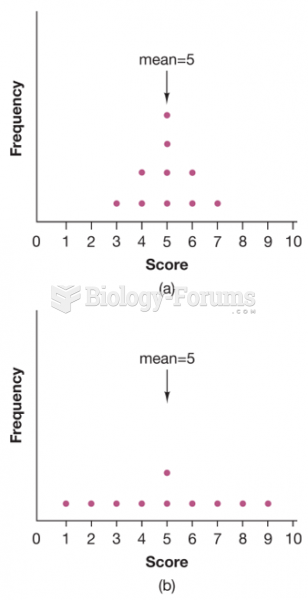Answer to Question 1
False
Answer to Question 2
ANS: Kelly offered the most complete theory based on cognitive factors. He argued persuasively that we form constructs about our environment and other people and that we make predictions (anticipations) about them based on these constructs. We formulate hypotheses about our social world and test them against the reality of our experience. Based on everyday evidence, it is difficult to deny that people construe, predict, and anticipate how others will behave and then modify or adapt their behavior accordingly.
Recent research confirms that the unconscious is a powerful force, perhaps even more pervasive in its influence than Freud suggested. However, the modern depiction of the unconscious is not the same as Freud's view. Contemporary researchers focus on unconscious cognitive processes and describe them as more rational than emotional.
The rational unconscious is often referred to as the non-conscious, to distinguish it from Freud's unconscious, his so-called dark cauldron of repressed wishes and desires. One method for studying the non-conscious involves subliminal activation, in which various stimuli are presented to subjects below their level of conscious awareness. Despite the subjects' inability to perceive the stimuli, their conscious processes and behaviors can be activated by those stimuli.
The obvious conclusion to be drawn from such research is that people can be influenced by stimuli they can neither see nor hear. The Mommy and I are one study showed how subliminal presentation of certain stimuli influenced cognitive as well as emotional responses (Silverman & Weinberger, 1985). The subliminal stimuli had therapeutic value even though the subjects had no conscious awareness of the actual messages. Thus, the unconscious may have both a rational and an emotional component.







